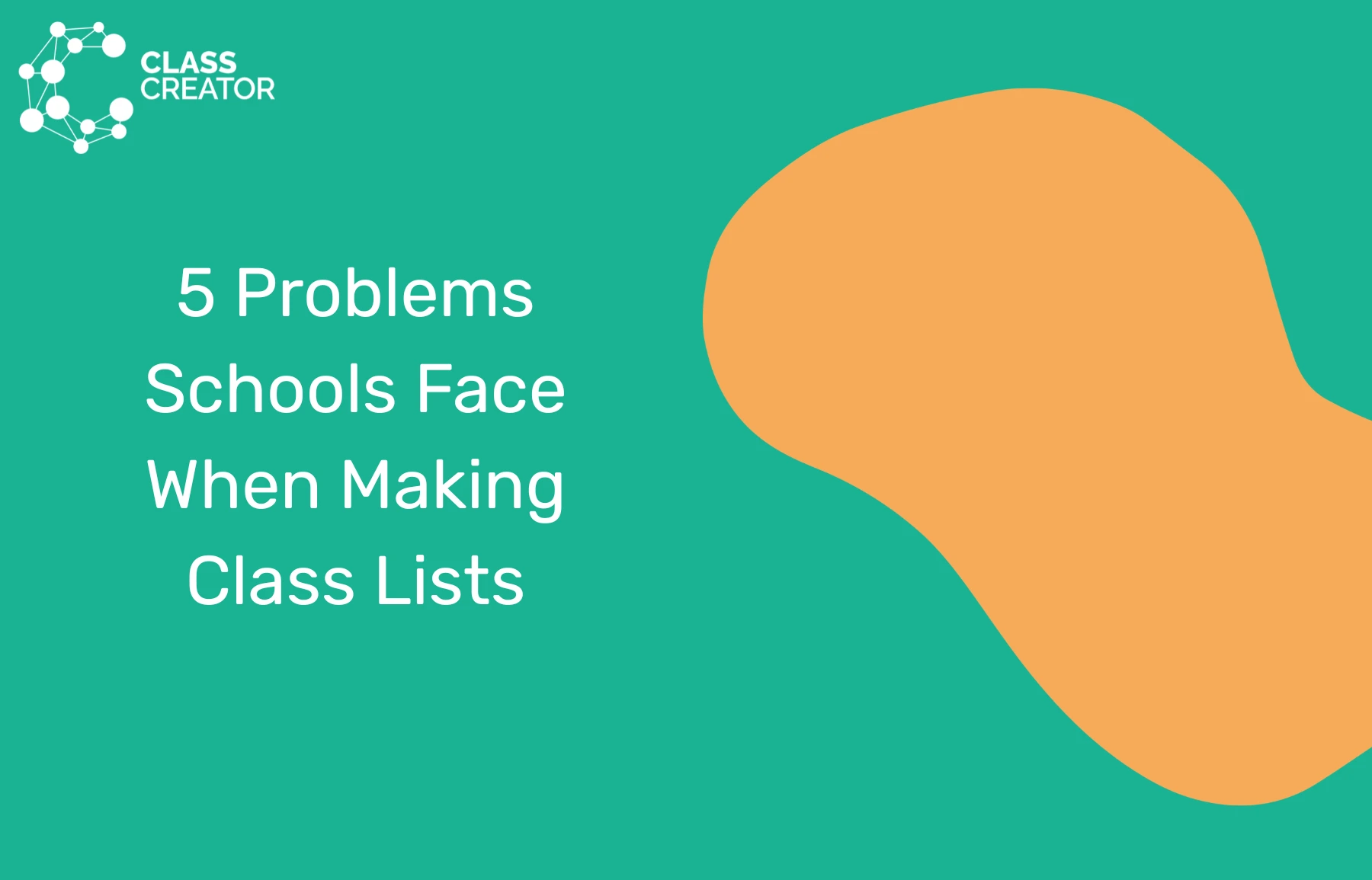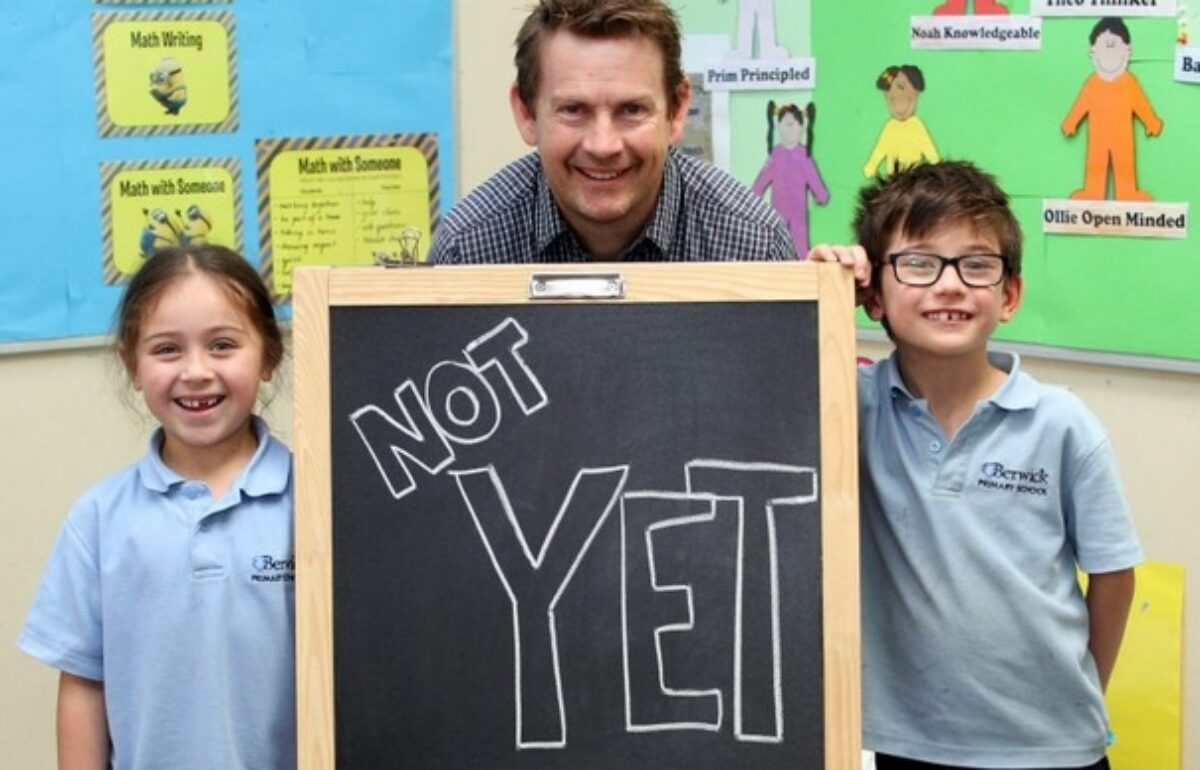At the start of each academic year, thousands of teachers and principals around the country meet to make new classes for the upcoming year. A huge amount of thought goes into creating classes because ultimately it impacts a students learning environment and leads to better academic and social outcomes. These foundations are important as class lists will be replicated and built on in years to follow.
Here are the top 5 problems that teachers face when making classes – and how to solve them.
1. Forgotten Separations
Sometimes past student conflicts and problematic parings can be overlooked as years pass. Teachers move on, change occupations or retire and those key details aren’t captured or remembered, leading to clashes. Without a proper system to track past student parings or conflicts, key information can slip through the cracks. As a result, this oversight can lead to longer term behavior problems inside and outside the classroom causing disruption to multiple students and potential parental complaints.
2. The “Perfect Class” Myth
Striving for a perfectly balanced class may be more difficult than it seems, and usually virtually impossible. Teachers and administrators can get stuck in the weeds of putting the perfect class together. A school might spend weeks trying to juggle the mix of leaders, learners, personalities and genders, only to have that disrupted by new enrolments or transfers at the start of the academic year. This manual process slows things down, increasing stress and decreasing time for educational leaders to spend time on what matters most.
3. Favorites
Some teachers, consciously or unconsciously influence class lists to have their favourite students grouped with their friends or themselves. While at the time, this may seem harmless, it often results in imbalanced classes academically, behaviorally or socially. For example, it could leave one class with more behaviorally challenging students or ones with multiple special educational needs which in turn may cause friction among teaching teams.
4. The Last Minute Rush
The lead up to the new school year is a busy time, teacher training, prepping lessons and materials. Class list creation can get squeezed into a rushed meeting or thrown together after hours. Last minute class lists often lack careful analysis. One class may end up with multiple high-performers, whilst the other has a big gender imbalance. The result of this could be months of fixing the fallout.
5. The Domino Effect
Suzie’s mum calls the school and requests that Suzie be put in a class with her best friend Jane. Suzie’s moved classes but now their learning buddy is alone, so now they have to move classes. This process is like playing a game of dominos, one move impacts another, and soon the whole structure collapses. Teachers’ thoughtful planning can be undone by a last-minute decision and affect the course of the entire year.
The Solution
Class Creator is built to simplify and streamline the class list creation process. Whether you’re struggling to put the perfect class together or strapped for time and in a rush, Class Creator ensures better outcomes for students and less stress for teachers. Using one central platform, teachers can collect data on student friendships, learning needs, behavioral concerns and separations to curate a perfectly balanced class. Our smart algorithms balance classes based on academic and social data, removing guesswork and reducing bias. This data is also retained so that if teachers leave the school, that information won’t be lost so you can build on it year-on-year.
Interested in learning more about what we do and how we could help your school? Get in touch with us here to find out more help@classcreator.io


